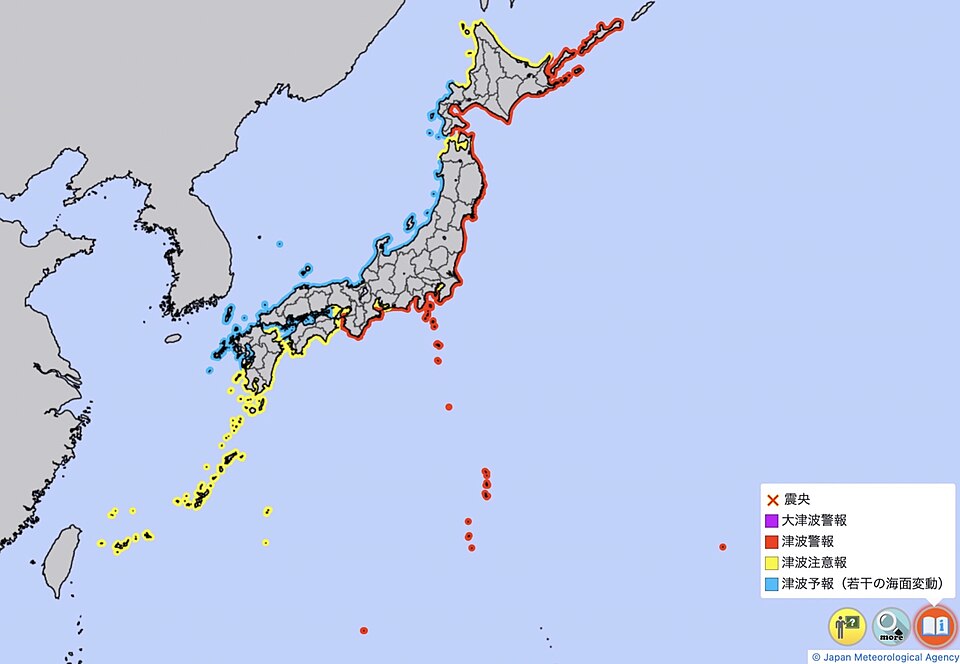Tsunami Advisory Issued for British Columbia Following Major Kamchatka Earthquake

On July 29, 2025, a significant earthquake measuring 8.7 on the Richter scale occurred approximately 135 kilometers southeast of Petropavlovsk, Russia, triggering a tsunami advisory for various regions along the coast of British Columbia (B.C.). The earthquake struck at 4:25 p.m. PT, prompting the U.S.-based National Tsunami Warning Center to escalate the situation from an initial tsunami watch to an advisory for several B.C. coastal areas, including Kitimat, Bella Coola, Haida Gwaii, and sections of Vancouver Island.
Emergency Info B.C. has communicated that residents in the affected zones should move away from the ocean and remain alert for further instructions from local officials. Additionally, boat operators are advised to steer their vessels out to sea to a depth exceeding 180 feet (55 meters) if possible, avoiding shallow waters and inlets while at sea.
John Cassidy, a seismologist with Natural Resources Canada, explained that such seismic activity is likely to generate tsunamis, noting that waves could travel across the Pacific Ocean. "The tsunami waves travel at about the same speed as a jet," Cassidy stated in an interview with CBC's All Points West shortly after the earthquake. He clarified that the current tsunami advisory indicates that strong currents and waves are anticipated along the B.C. coast.
This advisory is part of a three-tiered warning system where a tsunami watch represents the lowest alert level, followed by an advisory, and culminating in a warning, which necessitates immediate evacuation from coastal areas.
The earthquake's depth was recorded at 19.3 kilometers, and the U.S. Geological Survey has issued a tsunami warning for Hawaii, predicting potential damage along its coastlines. The National Weather Service's Pacific Tsunami Warning Center urged residents of Hawaii to take urgent action to protect lives and property, with initial waves expected to reach the islands around 7 p.m. local time.
Furthermore, Japan's meteorological agency has issued a tsunami alert for its Pacific coast, indicating the potential for waves up to three meters high following the earthquake.
This incident underscores the ongoing seismic risks in the Pacific region, particularly in areas surrounding the Ring of Fire, where tectonic plate movements frequently lead to significant geological events. As communities along the B.C. coast remain vigilant, the implications of this earthquake extend beyond local shores, affecting international coastal regions, including the U.S. and Japan.
Despite the current advisory, experts emphasize that residents should stay informed through official channels and adhere to emergency protocols to ensure their safety during this potentially dangerous situation.
Advertisement
Tags
Advertisement




